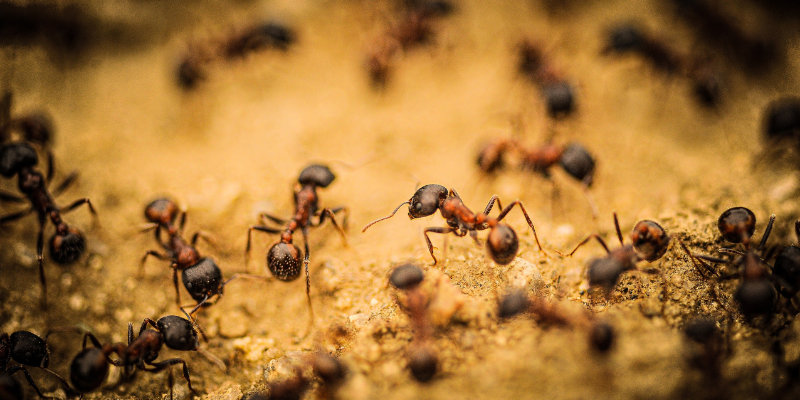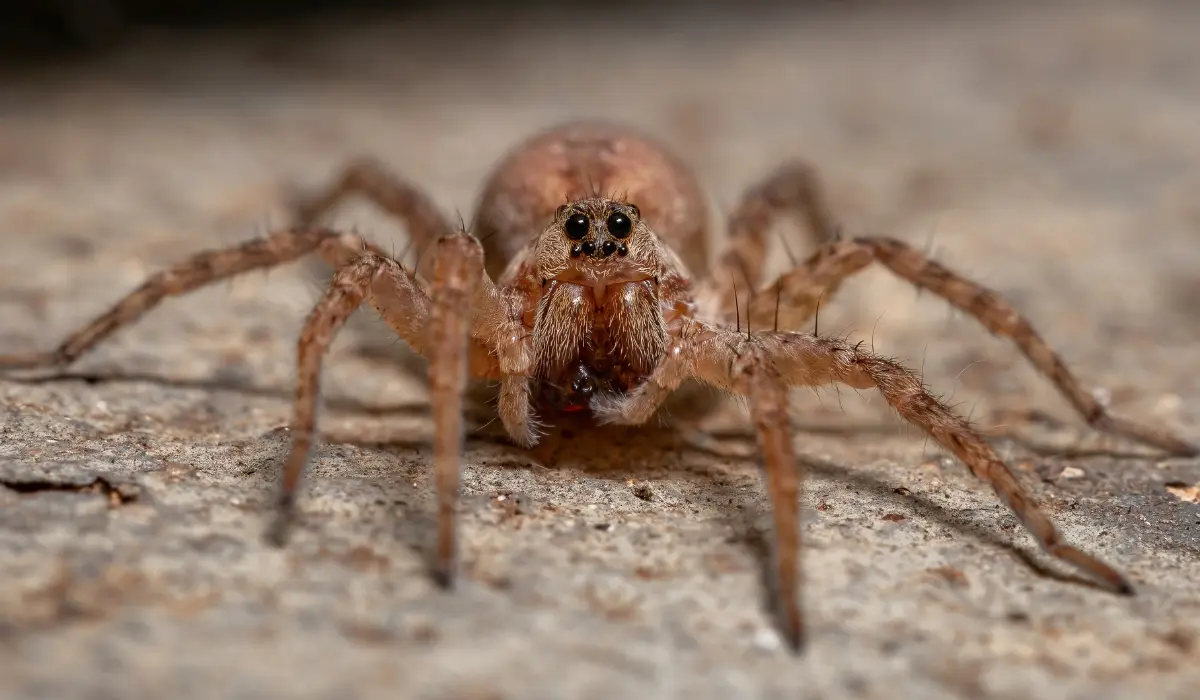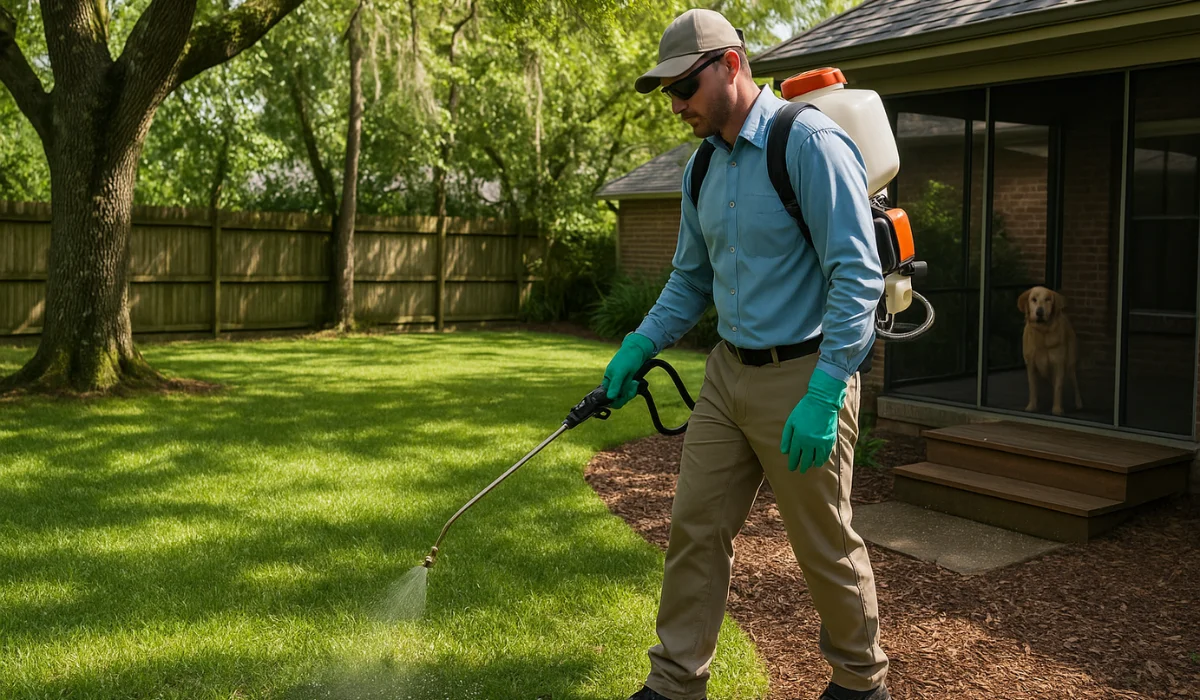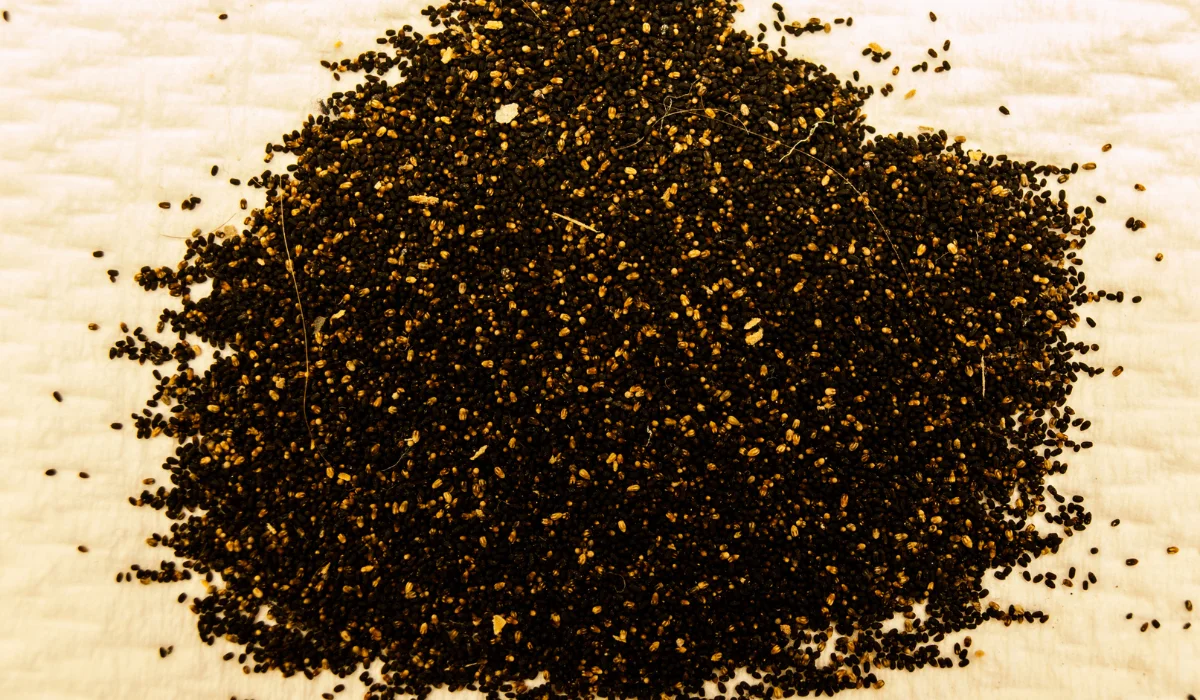Facing ant problems? Don’t rush to harsh chemicals.
Natural solutions like vinegar, lemon juice, and peppermint oil can break their trails, while diatomaceous earth acts as a safe barrier. These eco-friendly options protect your health and the environment, ideal for homes with kids or pets.
Discover how easy and effective natural ant control can be, and keep those tiny invaders at bay without compromising safety.
Key Takeaways
- Diatomaceous earth, a safe and non-toxic method, kills ants by damaging their exoskeletons and causing dehydration.
- Mixing boric acid with sugar and water creates an effective ant bait that disrupts their digestive systems when ingested.
- Baking soda, combined with a sweetener, is deadly for ants because it reacts with their acidic body chemistry.
- Lemon juice and vinegar solutions erase and disrupt ants’ scent trails, preventing them from navigating and organizing.
- Professional ant control services offer expertise, thorough colony elimination, long-term prevention, safe pesticide use, and time efficiency.
10 NATURAL WAYS TO GET RID OF ANTS
Opting for natural methods to keep Louisiana ants out can offer a safer alternative for homes, particularly those with pets and children.
These eco-friendly home remedies minimize the reliance on harsh chemicals. Keep in mind, however, that DIY methods aren’t always effective. For quality control, we recommend calling a pest control professional.
1. Diatomaceous Earth
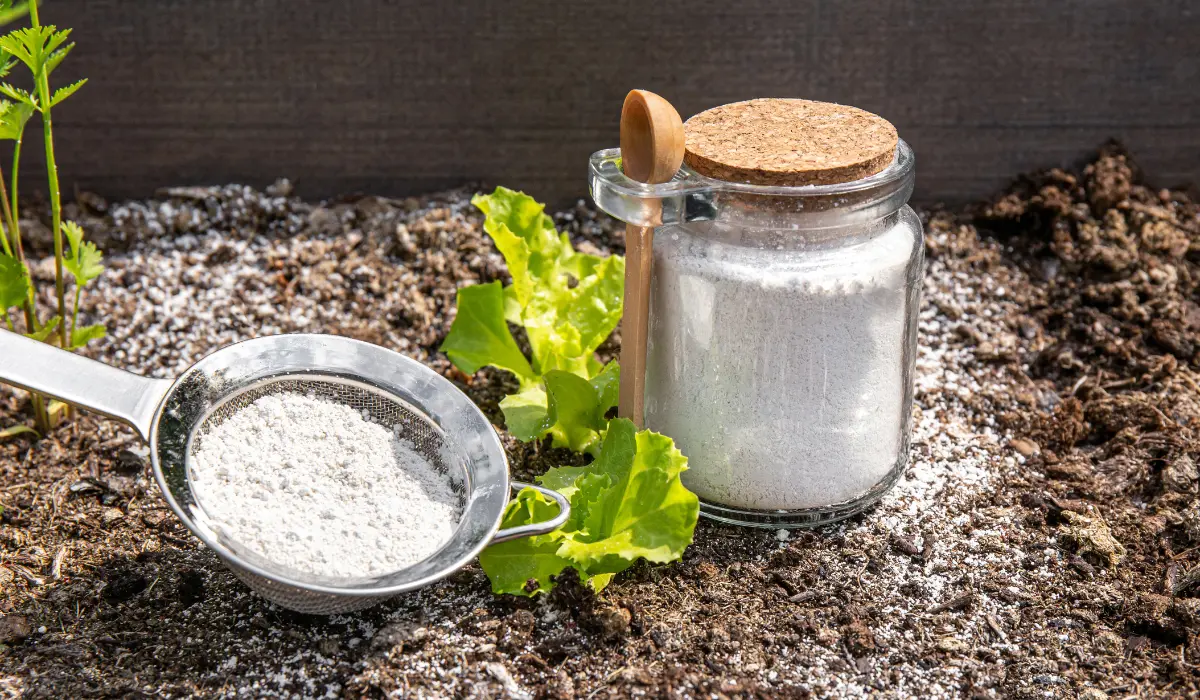
Diatomaceous earth is a natural ant repellent that can damage their exoskeletons by abrasion. This damage leads to dehydration and eventually kills ants.
It’s a non-toxic substance that is easy to apply around the home.
Here’s how you can use it:
| Steps | Details |
| Identification of Ant Pathways | Begin by pinpointing the routes frequently trafficked by ants and the crevices through which they infiltrate your home. |
| Application | Distribute a fine, even layer of food-grade diatomaceous earth over these identified zones. |
| Maintenance | Post-application, inspect treated areas regularly and reapply the diatomaceous earth following any clean-up activities or outdoors after rainfall |
| Moisture Consideration | For optimal efficacy, apply diatomaceous earth to dry surfaces. Its potency diminishes when wet, so avoid areas prone to moisture. |
| Safe Storage | Store diatomaceous earth in a location inaccessible to children and pets, ensuring safety for all household members. |
2. Boric Acid
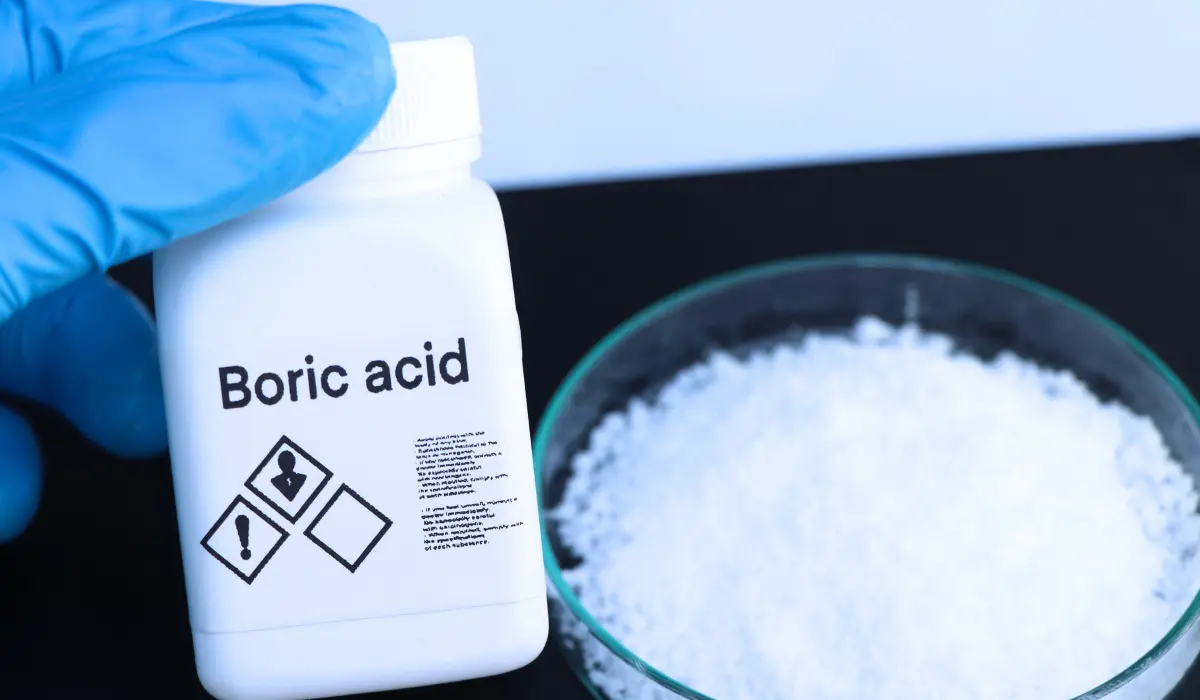
When ingested, boric acid affects ants’ digestive systems, ultimately killing them. Here’s what you need before you start crafting your ant killer:
- 1 teaspoon boric acid
- 2 tablespoons sugar
- Warm water
- Cotton balls or small pieces of cardboard
Follow these steps to create a borax ant bait:
- Mix boric acid with powdered sugar.
- Add boiling water to create a syrupy consistency.
- Wait for the syrup mixture to cool down.
- Soak cotton balls or cardboard pieces in the mixture.
- Place the bait near ant trails and refresh it every few days.
3. Baking Soda
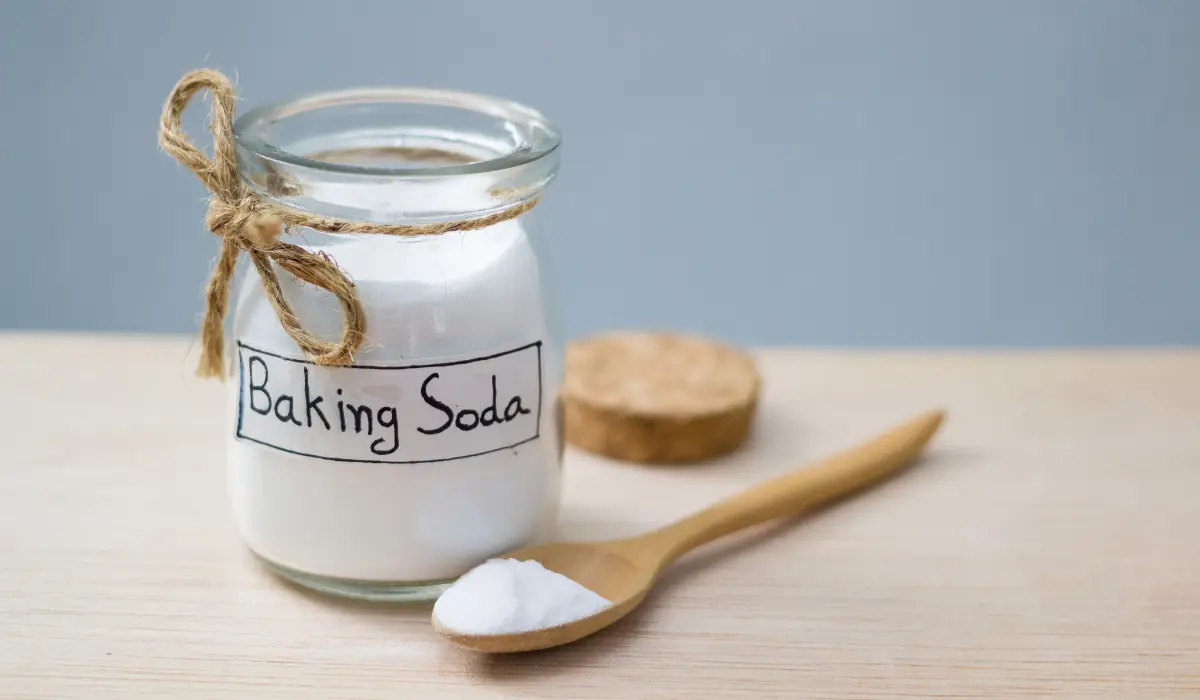
Baking soda reacts with an ant’s acidic body chemistry, proving fatal upon ingestion.
To prepare a lethal concoction for any type of ants, do the following:
- Combine equal parts baking soda and a sweetener to form an effective bait.
- Stir the mixture until it’s well-blended.
- Dampen cotton balls in the mixture.
- Place the cotton balls near ant trails, inside cabinets, or wherever ants frequent.
- Refresh the baits every few days to maintain their effectiveness.
4. Lemon Juice

Lemon juice’s acidity is essential in erasing ants’ scent trails. To prevent their return, follow the steps below.
- Apply lemon juice directly to entry points.
- Mix with water for a less concentrated solution.
- Use in areas where ants are seen frequently.
5. Vinegar Solutions
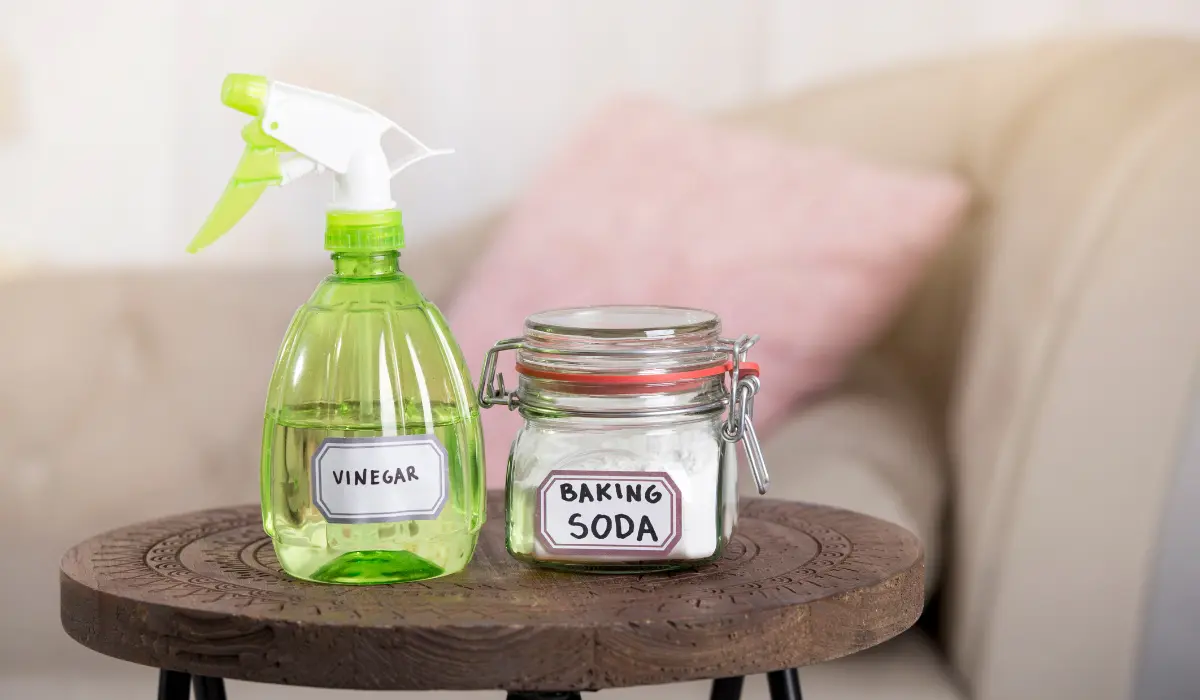
White vinegar isn’t just a staple for culinary and cleaning purposes; it also serves as an effective ant deterrent.
This natural solution disrupts the pheromone trails ants use to navigate, preventing them from organizing and returning.
To prepare and apply a vinegar solution for ant control, you’ll need a few simple items:
| Component | Purpose |
| White vinegar | The primary active agent with acidic properties that disrupt ant trails. |
| Water | Used to dilute the vinegar to a safe concentration for household surfaces. |
| Spray bottle | A container for mixing and applying the solution quickly and efficiently. |
Here’s a step-by-step guide to use as an alternative to dish soap:
- Mix equal parts water and vinegar into a spray bottle.
- Shake well.
- Spray regularly on countertops, baseboards, and other ant-prone areas.
6. Essential Oils

Essential oils like peppermint and tea tree oils have strong smells that ants dislike. With that, you can craft your DIY pest control with these ingredients:
- Essential oil (10-15 drops)
- Water (1 cup)
- Spray bottle
To disrupt the pheromone trails ants use for navigating, follow these steps:
- Mix tea tree or peppermint essential oil with water in a spray bottle.
- Spray around windowsills, doors, and other entry points.
- Repeat regularly for best results.
7. Coffee Grounds

The natural bitterness and potent aroma of coffee grounds make them a temporary deterrent against ants.
Utilizing coffee grounds can be an effective, environmentally friendly strategy to prevent ant infestations in your home and garden.
Here are the areas you need to focus on to maximize their deterrent effect:
| Areas | Details |
| Around Garden Areas | Generously sprinkle used coffee grounds around the perimeter of your garden beds, creating a barrier that ants typically avoid crossing. |
| The base of Home’s Foundation | To discourage ants from entering, apply a consistent line of coffee grounds along your home’s foundation, near doors and windowsills. |
A Gentle Reminder
Coffee grounds lose their potency when washed away by rain or as they decompose over time.
Therefore, it’s crucial to replenish the grounds periodically to maintain an effective deterrent barrier.
To ensure continuous protection, refresh the grounds in critical areas after rainfall or on a regular schedule, such as bi-weekly.
8. Pepper
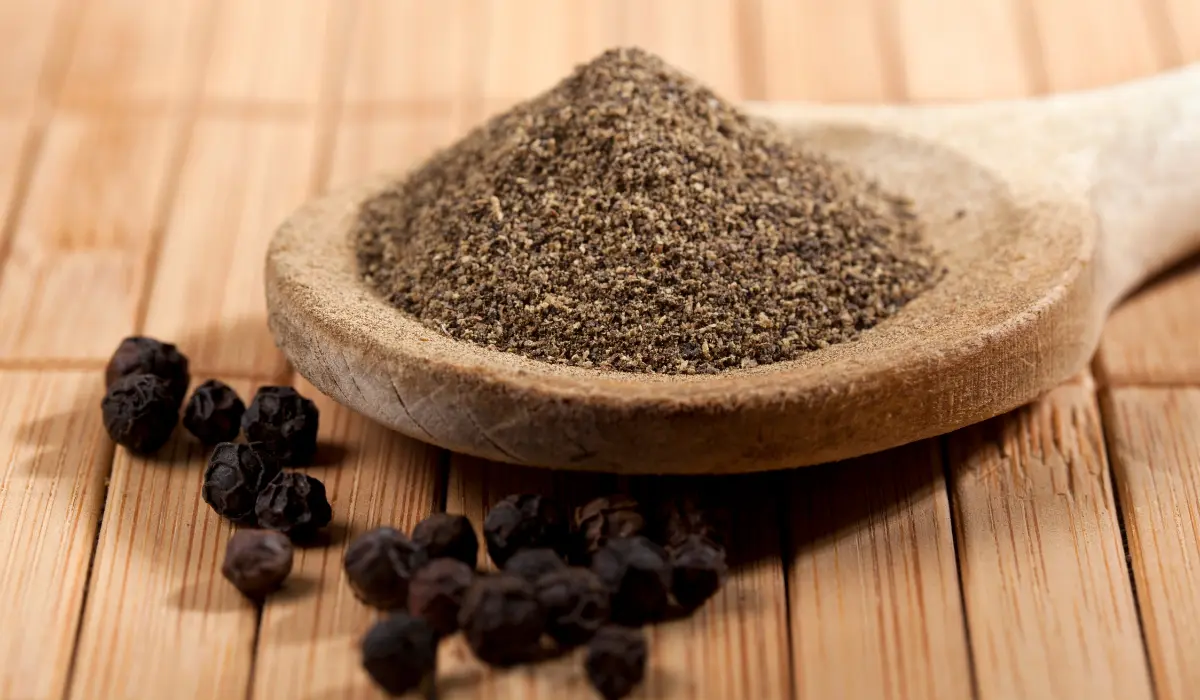
Black or cayenne pepper can create barriers or ant traps they are reluctant to cross due to its irritating nature.
All you need is cayenne or black pepper. Then sprinkle a generous amount around entry points as an alternative to caulk.
You can also apply it in areas of ant activity, such as around human or pet food sources.
9. Cinnamon Oil

Cinnamon oil, derived from ground cinnamon, offers a powerful solution to repel ants.
This essential oil is celebrated not only for its aromatic qualities but also for its efficacy as a natural ant deterrent.
Here’s how to harness the power of cinnamon oil to keep ants at bay:
| Steps | Details |
| Preparation | Add several drops of high-quality cinnamon oil to a small water container. |
| Bottle the Mixture | Transfer your cinnamon oil solution into a clean spray bottle. |
| Application | With your cinnamon oil repellent at the ready, lightly mist the areas of your home most susceptible to ant invasion. |
10. Cornmeal
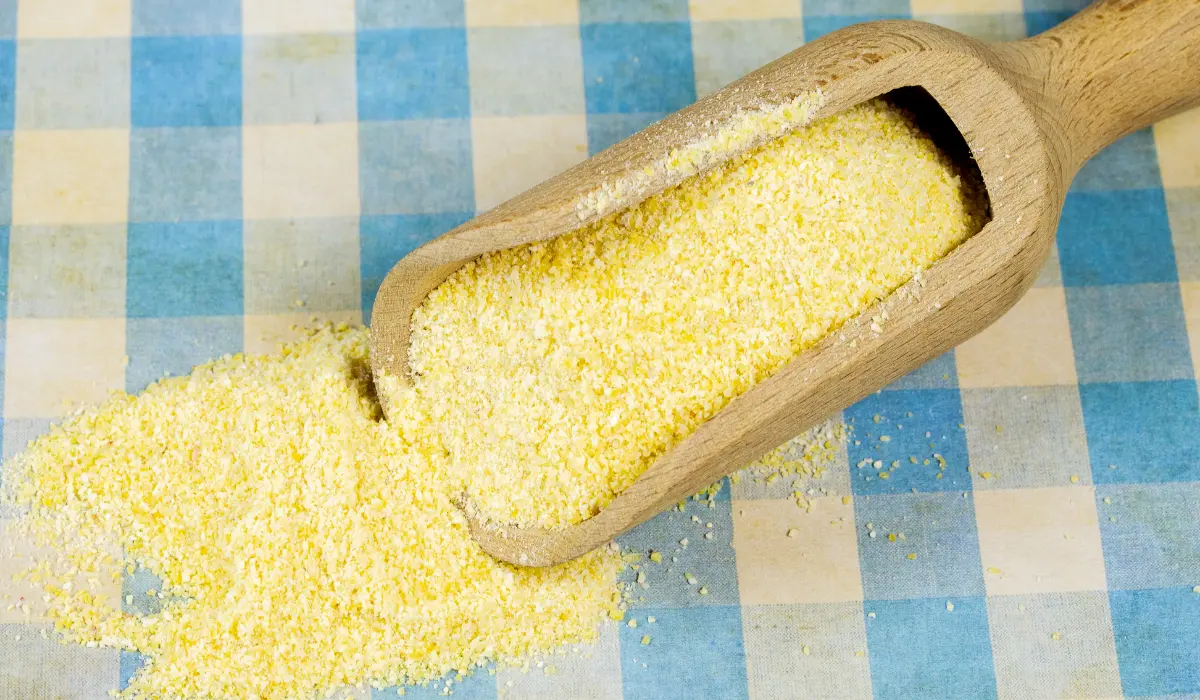
Cornmeal is seen as a safe method of controlling ants. Ants carry it back to their colony.
However, due to their inability to digest it, the cornmeal potentially affects the ants that consume it.
- Sprinkle cornmeal around anthills and garden areas.
- Apply in spots where ants gather.
- Observe and apply more as necessary.
IS IT TIME TO CALL THE ANT EXPERTS?
If ants are putting up a relentless fight against your lemon peels, it might be time to phone a friend in the pest control business. Sometimes, a little backup is what you need to reclaim your space!
Whether you’re in New Orleans or Baton Rouge, seeking expert help should be easy. For immediate intervention for a severe infestation, let Lajaunie’s ant control specialists tailor a solution that’s right for your home.
For more information about the areas we service, visit our location page.
 By: LaJaunie's Pest Control
By: LaJaunie's Pest Control 